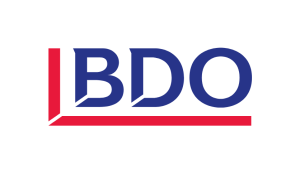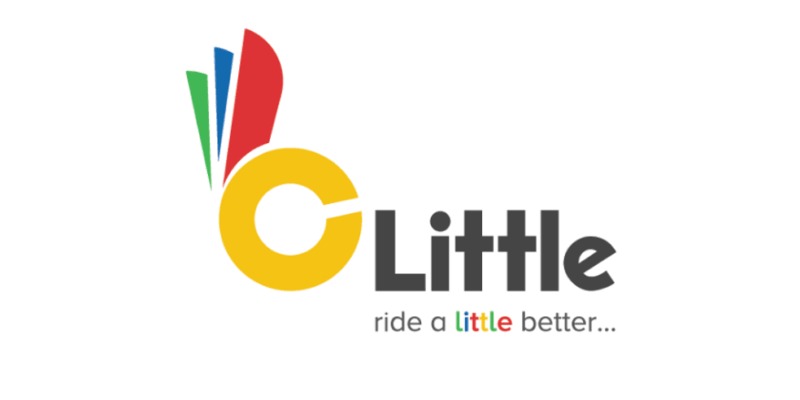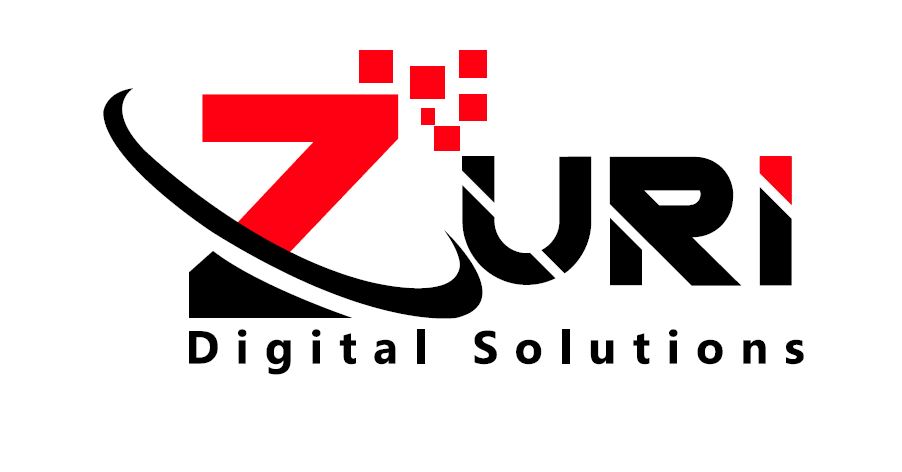Remote Work Burnout: Strategies to Stay Engaged & Productive

Understanding Remote Work Burnout
In the wake of the global shift towards remote work, many employees find themselves navigating the new landscape of home offices, virtual team meeting, and flexible schedules. Many careers like UI & web design, customer support, graphic designer, SEO writer e.t.c, support fully remote work, and while the perks of remote/ virtual jobs are numerous, including the elimination of daily commutes and the potential for a better work-life balance, a growing number of workers are facing a significant challenge: burnout. Understanding the underlying causes and adopting effective strategies can help individuals stay engaged and productive in this new work environment both in the United states, the Uk, Europe, Africa and across the world.
Remote work burnout is a complex phenomenon that stems from various factors. The absence of clear boundaries between work and personal life often leads to extended number of hours of work, making it difficult for employees to disconnect and recharge. The lack of social interaction and face-to-face communication with colleagues can also contribute to feelings of isolation and loneliness. Moreover, the constant presence of work-related notifications and the pressure to be always available can exacerbate stress and anxiety.
Establishing a Structured Routine
One of the primary strategies to combat burnout is establishing a structured routine. Creating a consistent daily schedule that includes specific start and end times for work can help delineate professional and personal time. This structure not only enhances productivity but also ensures that you have dedicated periods for relaxation and self-care (This goes for both remote freelancers and employees in general). Incorporating regular breaks throughout the day, similar to those taken in a traditional office setting, can prevent mental fatigue and maintain focus.
Creating a Conducive Workspace
The physical workspace plays a crucial role in mitigating burnout. Designating a specific area for work that is free from distractions can significantly improve concentration and efficiency. Ergonomic furniture, adequate lighting, and a clutter-free environment can also contribute to a more comfortable and productive work setting. Personalizing the workspace with plants, artwork, or other items that bring joy can enhance the overall mood and create a more pleasant atmosphere.
Maintaining Social Connections
Maintaining social connections is essential for preventing feelings of isolation. Regular virtual meetings and casual check-ins with colleagues can foster a sense of community and support. Participating in team-building activities and online social events can also strengthen relationships and boost morale. Additionally, seeking out professional networks and online communities related to one’s field can provide valuable opportunities for networking and collaboration.
Incorporating Physical Activity
Physical activity and exercise are powerful tools for combating burnout. Incorporating regular physical activity into the daily routine can reduce stress, improve mood, and increase energy levels. Whether it’s a morning jog, a yoga session, or a short walk during lunch breaks, staying active can have a profound impact on mental and physical well-being. Many remote workers find that integrating movement into their day helps them stay alert and focused.
Practicing Mindfulness and Stress Management
Mindfulness and stress management techniques are also effective in alleviating burnout. Practices such as meditation, deep breathing exercises, and mindfulness can help individuals stay present and manage stress more effectively. Allocating time for hobbies and activities that bring joy and relaxation can provide a much-needed break from work-related pressures. Whether it’s reading, painting, cooking, or gardening, engaging in fulfilling activities can enhance overall life satisfaction and well-being.
Managing Workload and Setting Realistic Expectations
Setting realistic expectations and managing workload is crucial in preventing burnout. Communicating openly with supervisors and colleagues about workload and deadlines can help ensure that tasks are manageable and achievable. Prioritizing tasks and focusing on one project at a time can prevent feelings of overwhelm. It’s also important to recognize the signs of burnout early and seek support when needed. Many organizations offer employee assistance programs and mental health resources that can provide valuable support.
How Can Employers Support Tech/ Remote Employees?
Employers can play a vital role in preventing remote job burnout by offering flexible schedules, providing mental health resources, encouraging regular breaks, and fostering a supportive culture for remote positions. Regular check-ins and feedback sessions can also help employees feel valued and connected, enhancing overall engagement and productivity.
Conclusion: Thriving in a Remote/ Telecommuting Work Environment
In conclusion, remote work burnout is a pressing issue that requires proactive measures to address. By establishing a structured routine, creating a conducive workspace, maintaining social connections, staying physically active, practicing mindfulness, and managing workload effectively, individuals can stay engaged and productive while working remotely. As the remote work trend continues to evolve, adopting these strategies can help employees thrive in their professional and personal lives, ensuring long-term success and well-being. Finally, as a job seeker, it is important to look out for remote job listings that support and engaged and productive life while scouting through different remote job categories.
Frequently Asked Questions
What are the signs of remote work burnout?
Common signs of remote work burnout include chronic fatigue, decreased productivity, irritability, lack of motivation, and feelings of isolation. Employees may also experience physical symptoms such as headaches or insomnia.
How can employees set boundaries between work and personal life?
Employees can set boundaries by establishing a fixed work schedule, creating a designated workspace, and setting clear start and end times for their workday. Communicating these boundaries to family members and colleagues is also essential.
How can employers recognize burnout in their remote teams?
Employers can recognize burnout by monitoring changes in employee behavior, such as decreased performance, increased absenteeism, or signs of disengagement. Regular check-ins and open communication can help identify issues early.
What role does communication play in preventing burnout?
Effective communication is very crucial in preventing burnout. Employers should maintain open lines of communication, provide regular feedback, and encourage employees to voice concerns. This fosters a supportive environment and helps address issues promptly.
How can employers create a supportive remote work culture?
Employers can create a supportive remote work culture by offering flexible schedules, providing access to mental health resources, encouraging work-life balance, and organizing virtual team-building activities. Recognizing and rewarding employees’ efforts also boosts morale.
What tools can help manage remote work stress?
Tools such as project management software, communication platforms, and wellness apps can help manage work stress. These tools facilitate organization, streamline communication, and promote well-being through features like meditation and exercise guides.
How can physical activity reduce remote work burnout?
Physical activity reduces remote work burnout by releasing endorphins, which improve mood and reduce stress. Regular exercise also enhances energy levels and overall health, making it easier for employees to stay focused and productive.
Why is it important for employees to take regular breaks?
Regular breaks are important because they prevent mental fatigue, reduce stress, and maintain productivity. Also, short breaks allow employees to recharge, leading to improved concentration and performance throughout the workday.
What steps can employers take to support mental health?
Employers can support mental health by providing access to counseling services, promoting work-life balance, offering mental health days, and creating an open environment where employees feel comfortable discussing their mental health needs.























